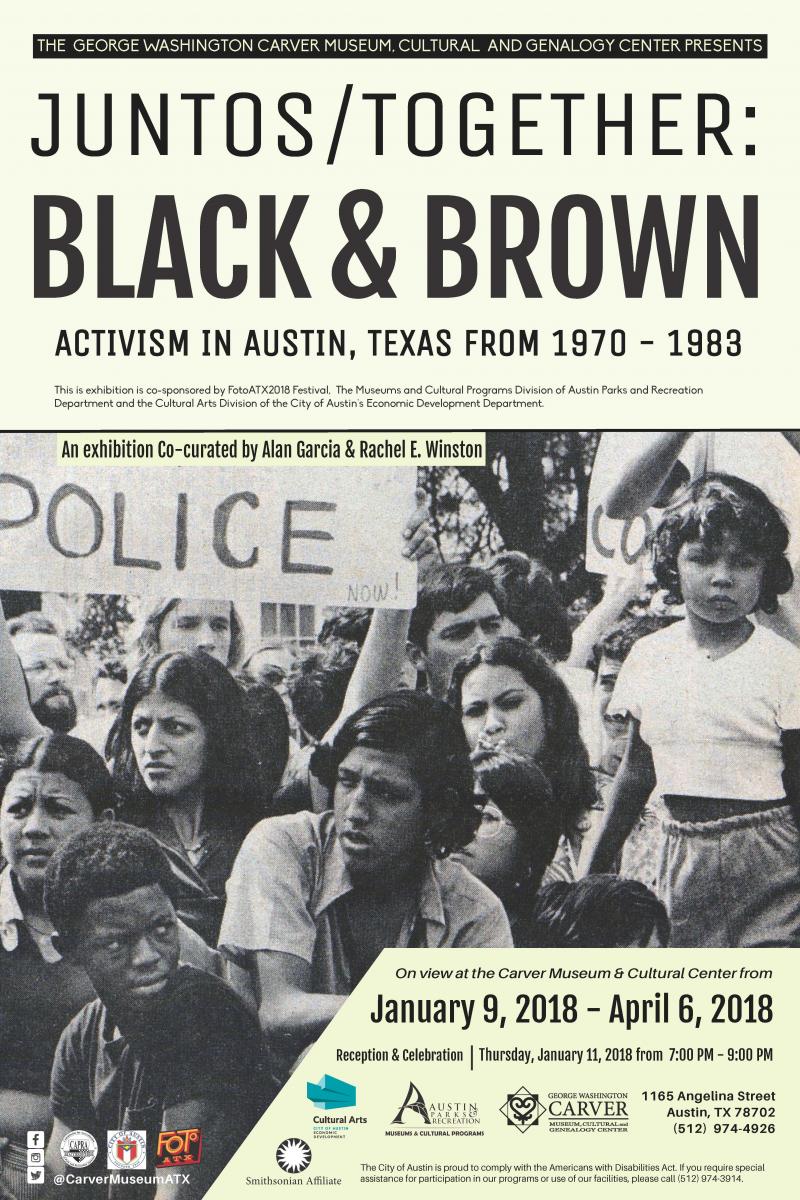Juntos/Together: Black and Brown Activism in Austin

Issues black and brown communities faced in Austin through the 70s and early 80s, and parallels to current social issues, are the subject of the exhibit "Juntos/Together: Black and Brown Activism in Austin, Texas From 1970-83," on display through May 19 at the George Washington Carver Museum, Cultural and Genealogy Center.
The exhibit sheds light on the moments of solidarity and allyship between the black and brown communities in the Seventies. As the curators Alan Garcia, a local historian, and Rachel Winston, a black diaspora archivist at the University of Texas (UT), went through photographs and documents, they wanted to raise consciousness around the activist work at the time, explains an article on The Austin Chronicle.
The exhibit was organized into five main categories, Winston described including: activist groups made up primarily of African Americans and Chicanos and their cross-cultural movements; student and small-business activism; gentrification and urban renewal; and the impact of Ku Klux Klan. Garcia and Winston chose to focus on these lenses that activists and artists mobilized against four decades ago which “are still affecting us today.”
The images and documents in the show would seem to be describing Austin's causes of concern today, as community members have told Winston. “These issues we are facing today unfortunately have been around and look at how far we have come and, in some cases, look at the work that is left to do,” Winston told The Austin Chronicle.
The curators hope this exhibit starts a conversation about Austin’s history of struggle, shedding light on action and initiatives by black and brown peoples, and those who fought for issues of racial equity on the path toward justice. “I hope that other museums start talking about the issues of racism and gentrification in our city because these aren’t new things,” Garcia says. “Rather than continue to talk about the Confederacy or powerful men, the conversation should include grassroots-level radical activism that changed local culture and politics.”
Image: Twitter / George Washington Carver Museum, Cultural and Genealogy Center
